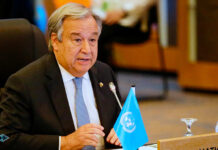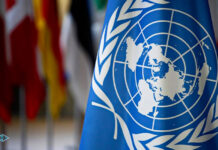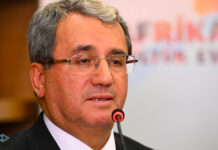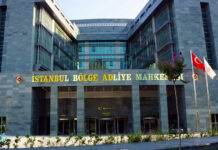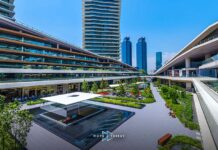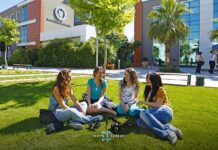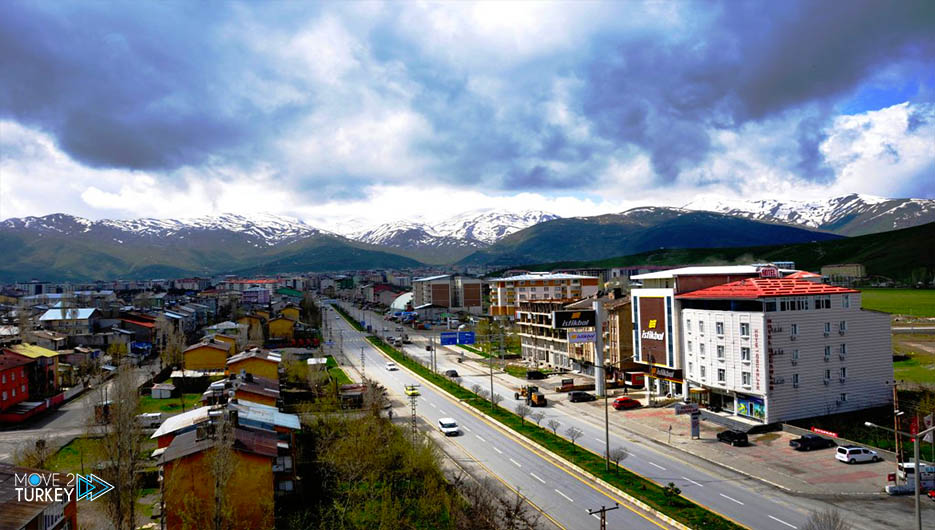
The works of drinking water transmission line and treatment plant have started from Alparslan-2 Dam, which will solve the 100-year water problem in 41 villages in downtown Muş.
The Mayor of Muş Feyat Asya has examined the works that have been carried out on the Alparslan Yıldız Tarım İşletmesi site.
Assia told reporters that drinking water in the city was provided by the State General Directorate of Hydraulic Works (DSI).
-Advertisement-
“100 years of drinking water problems in the city will be solved”
He explained that they would completely solve the drinking water problem by providing water to the Mosh center and 41 villages in 8 towns and the campus of the Muş Alp Arslan University. Asya said:
“Within the scope of the project, we will have stopped the problem of drinking water for this city completely with the water that will be brought.
By installing 1,400 pipes from the Alparslan-2 dam, which is 30 kilometers away, a tender for the first part of about 2 million liras was launched.
In the second part, a tender for the treatment plant and pumping station will be put forward, and in this sense, the drinking water problem in the 100-year-old city will be solved.
We are very happy in this regard, because we are experiencing the joy and happiness of achieving our dream. “
-Advertisement-
He also explained that the main water supply line will be installed from Alp Arslan 2 dam to a drinking water reservoir with a capacity of 7,500 tons.
And it was built in the Bayrakli Tepe locality in the Karsiyaka region, and Rump Asia:
We will eradicate a 100-year-old problem in Mosh. We know the importance our president attaches to our city and our people.
In this sense, we would like to express our gratitude to everyone who contributed to the realization of the project. We can say that it is one of the largest investments in the history of our city.
Since the day he took office our problems are short and medium, however, one of our biggest long-term problems is the problem of drinking water.
Our completed physical structures in many areas such as infrastructure, superstructure, parks and gardens, culture and the arts will culminate in our drinking water project.





